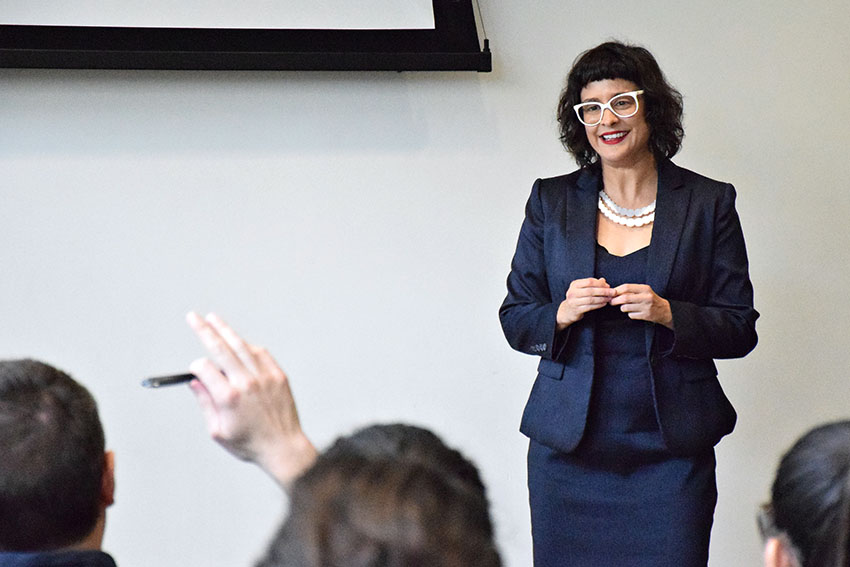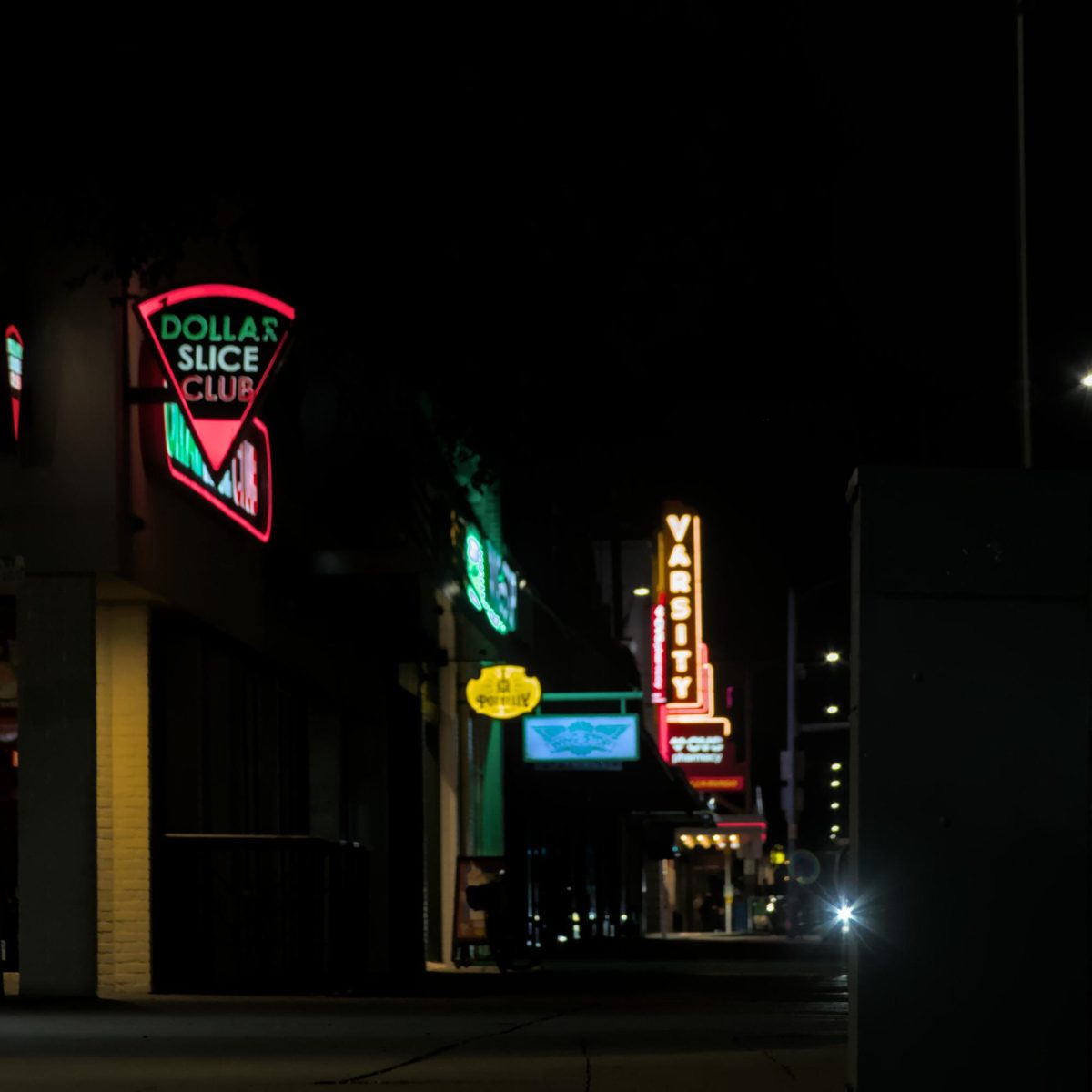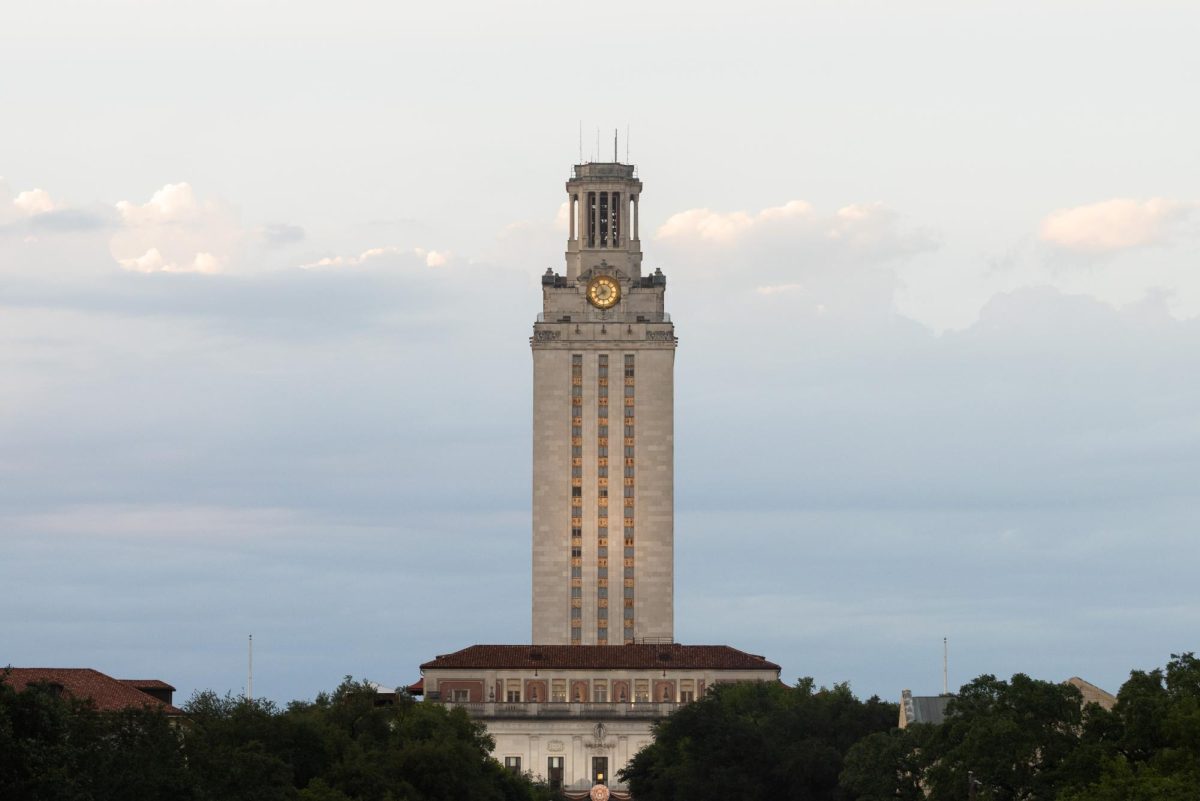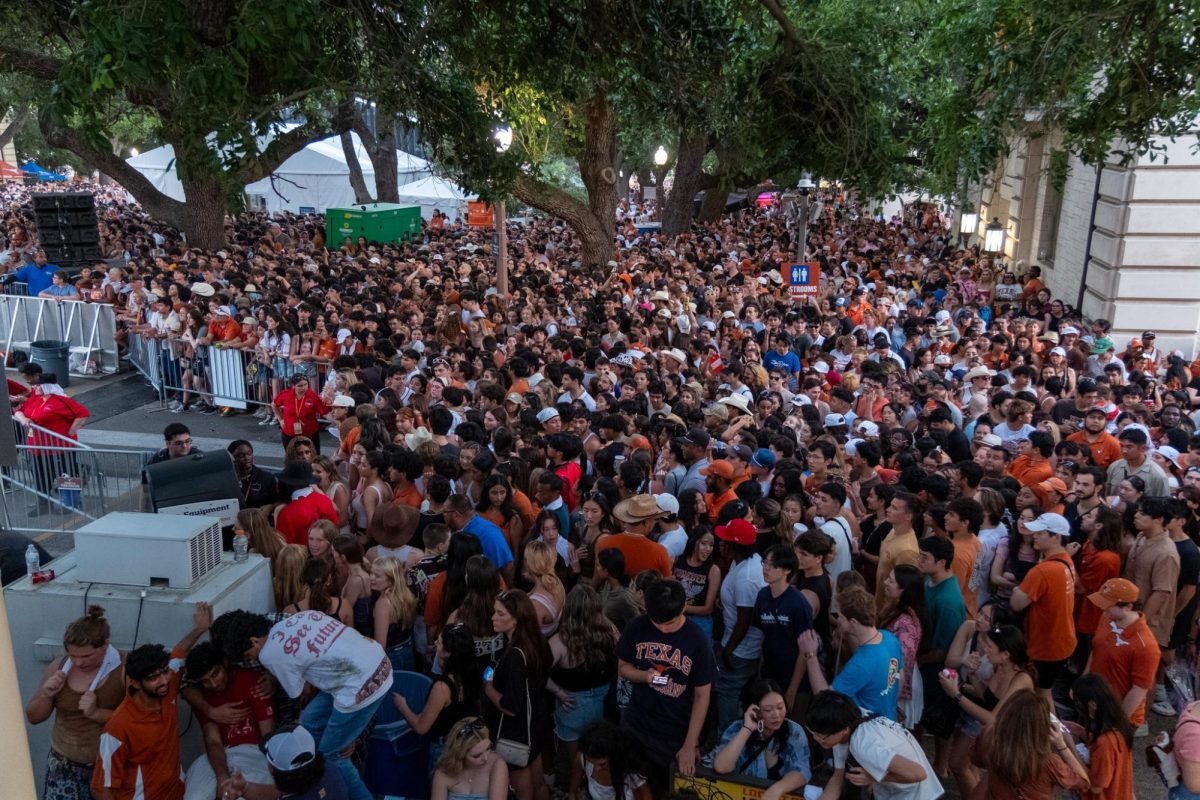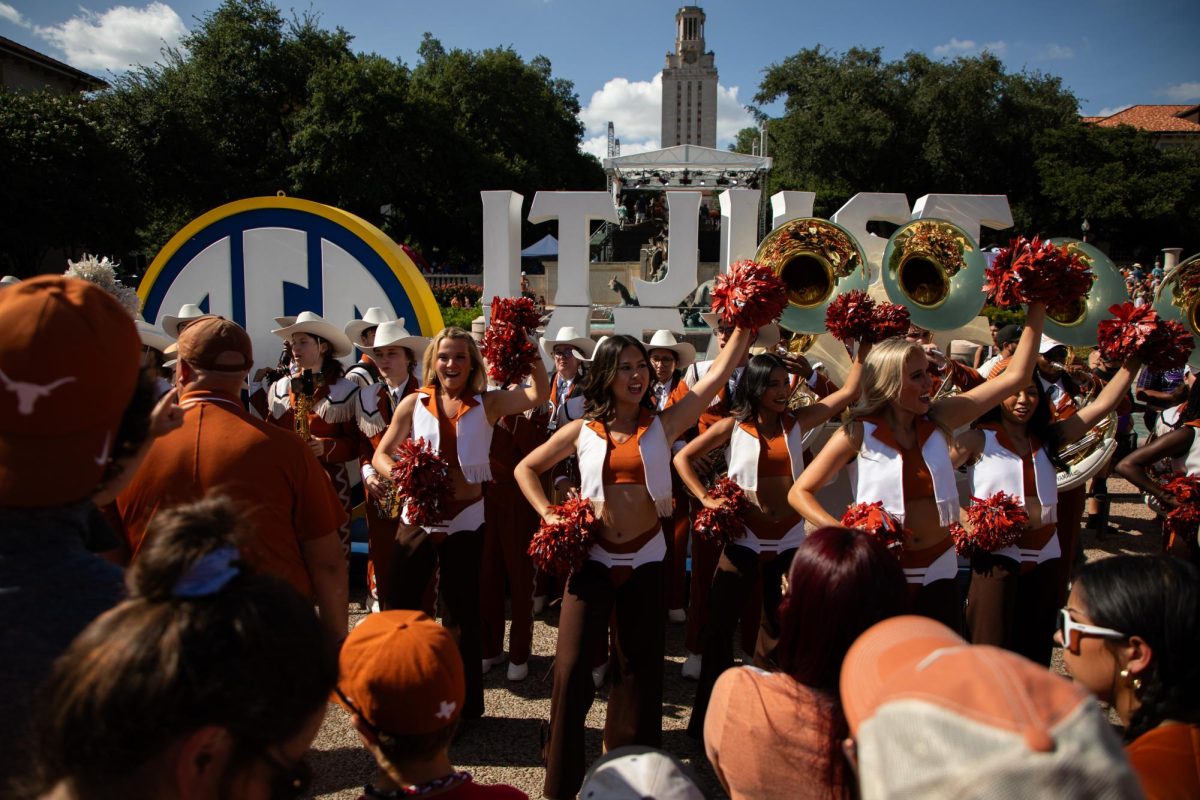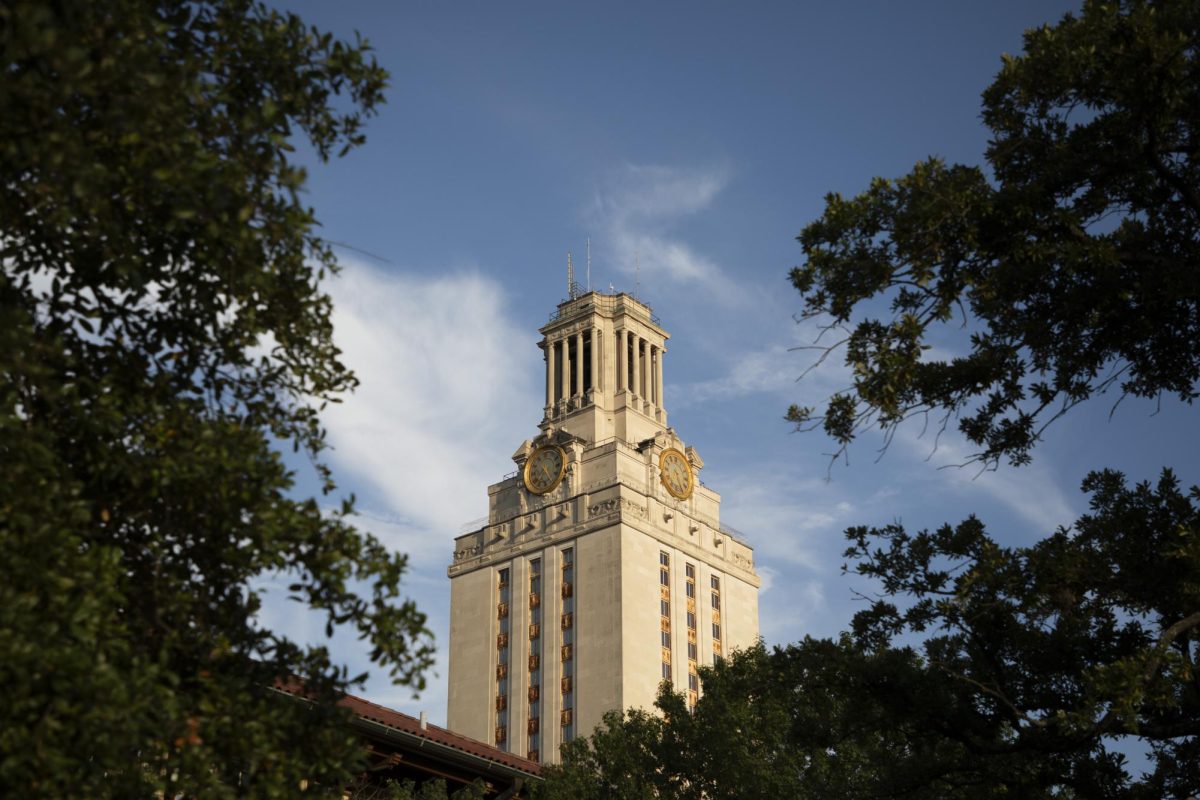In the Mexican border city of Reynosa, the government regulates prostitution in an area called “La Zona,” where Sarah Luna, a University of Houston professor, conducted an immersive 12-month study she discussed at a lecture Monday.
The UT Department of Mexican American and Latina/o Studies hosted Luna, where the professor said prostitution in Mexico is decriminalized and under government supervision. Many Mexican states even regulate prostitution, Luna said.
“Because the sex workers in Reynosa were subject to regulation, they were seen as less dangerous,” Luna said.
Started in 1949, the Reynosa prostitution zone — called “the boy’s zone” by American tourists who make up a significant portion of the clientele — was created to keep prostitution away from the city’s center.
“Symbolically, the prostitution zone, surrounded by walls, seems to acts as a cell for vice,” Luna said. “It’s an illusion of control.”
Although the pimps often employ violence and coercion, Luna said they sometimes used “love and obligation” to make sex workers obey using gendered roles, whether it be wife, mother or daughter.
“I find it interesting how anthropologists study these interactions,” biology junior Brent Arcayan said. “They use different lenses to understand them.“
Luna conducted research not only on the sex workers in La Zona, but she also studied the missionaries that worked there and the dynamic of the relationships between them.
Luna said she interviewed several missionaries whose goal was to have a more authentic relationship with God through living with the poor.
“I appreciate the dual analysis of the sex workers and the missionaries,” said Chad Alvarez, Mexican American and Latina/o studies assistant professor. “It’s an interesting perspective.”
Luna said the missionaries care for the sex workers, often paying for their health inspections and trying to convince them to leave La Zona.
While the government operates La Zona, Luna said it is controlled by the cartel, where sex workers have to pay for their protection.
Even though the sex workers were required to pay them for protection, it was the cartel they feared the most, Luna said.
Most of the sex workers in La Zona are “Veracruzanos” — migrants from southern Mexico. Luna explained that Veracruzanos generally have darker skin and are often the subject of racism, comparing their situation to the discrimination Mexican immigrants face in America.
“Now that the Veracruzanos are here, I understand how Americans feel about Mexicans invading their country,” Luna said, quoting a Reynosa native.



